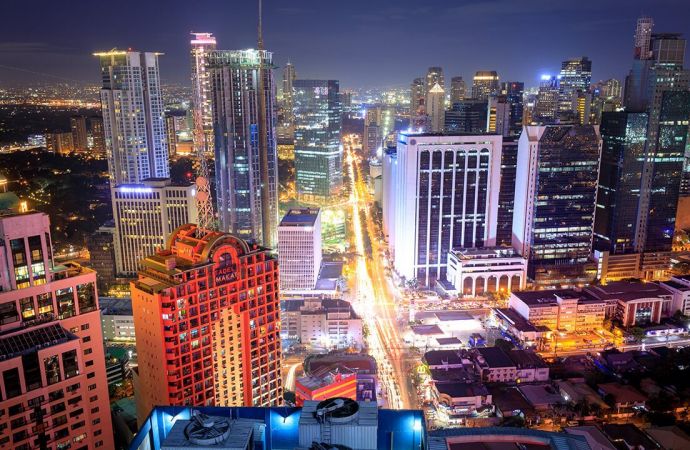A new report for the Nordic Council of Ministers highlights the efficiency and environmental benefits of adopting CO2 and ammonia in maritime applications.

The release of refrigerants from global shipping is estimated to be 8,400 tons (corresponding to 15 million tonnes of CO2-equivalent emissions). Eliminating that would save about 2% of the total greenhouse gas emissions from shipping, according to the report ‘Refrigeration units in marine vessels: Alternatives to HCFCs and high-GWP HFCs’, authored for the Nordic Council of Ministers by Prof. Dr.-Ing. Armin Hafner, Dr. C. H. Gabrielii and Dr. K. Widdell.
In fishing vessels, refrigeration units are mainly applied to cool or freeze the catch. In passenger ships and cargo ships, refrigeration plants provide air conditioning for passenger and crew areas and provide cooling to preserve food.
The International Maritime Organisation estimates that the total use of HCFC/HFCs as refrigerants in the merchant shipping fleet worldwide comprises 70% R22, 26% R134a and 4% R404A (2014 data).
Maritime cooling equipment based on natural refrigerants CO2 and ammonia, meanwhile, is readily available and already widely used. The report, published in April, calls on the maritime sector “to convert current refrigeration units from HFCs directly to natural working fluids”.
It also calls for the establishment of a Nordic Technology Hub for global maritime refrigeration R&D, helping to develop dedicated natural refrigerant-based compressors and heat exchangers for maritime applications.
Adopting natural refrigerants now will avoid “costly retrofit actions in the future,” the report argues. It urges customers to specify their preference for natural refrigerants over other low-GWP options when talking to system providers.
Mitigating risk
Acknowledging the toxicity of ammonia, the report points out that it has nonetheless been applied successfully in refrigeration systems for 150 years.
The authors see the high working pressure of CO2 as an advantage in marine applications, where space on board vessels is often limited. Equipment for CO2 is compact, designed for a higher fluid density than for conventional systems, the report says.
Some customers are turning to a new generation of synthetic refrigerants – HFOs – as alternatives to the HCFCs and HFCs being phased down in response to the Montreal Protocol, its subsequent Kigali Amendment, and similar such regional and national regulations.
“The risks related to the use of HFOs and their blends when it comes to human health, safety and the environmental impact of decomposition products are not yet fully understood,” according to the report.
Related stories



